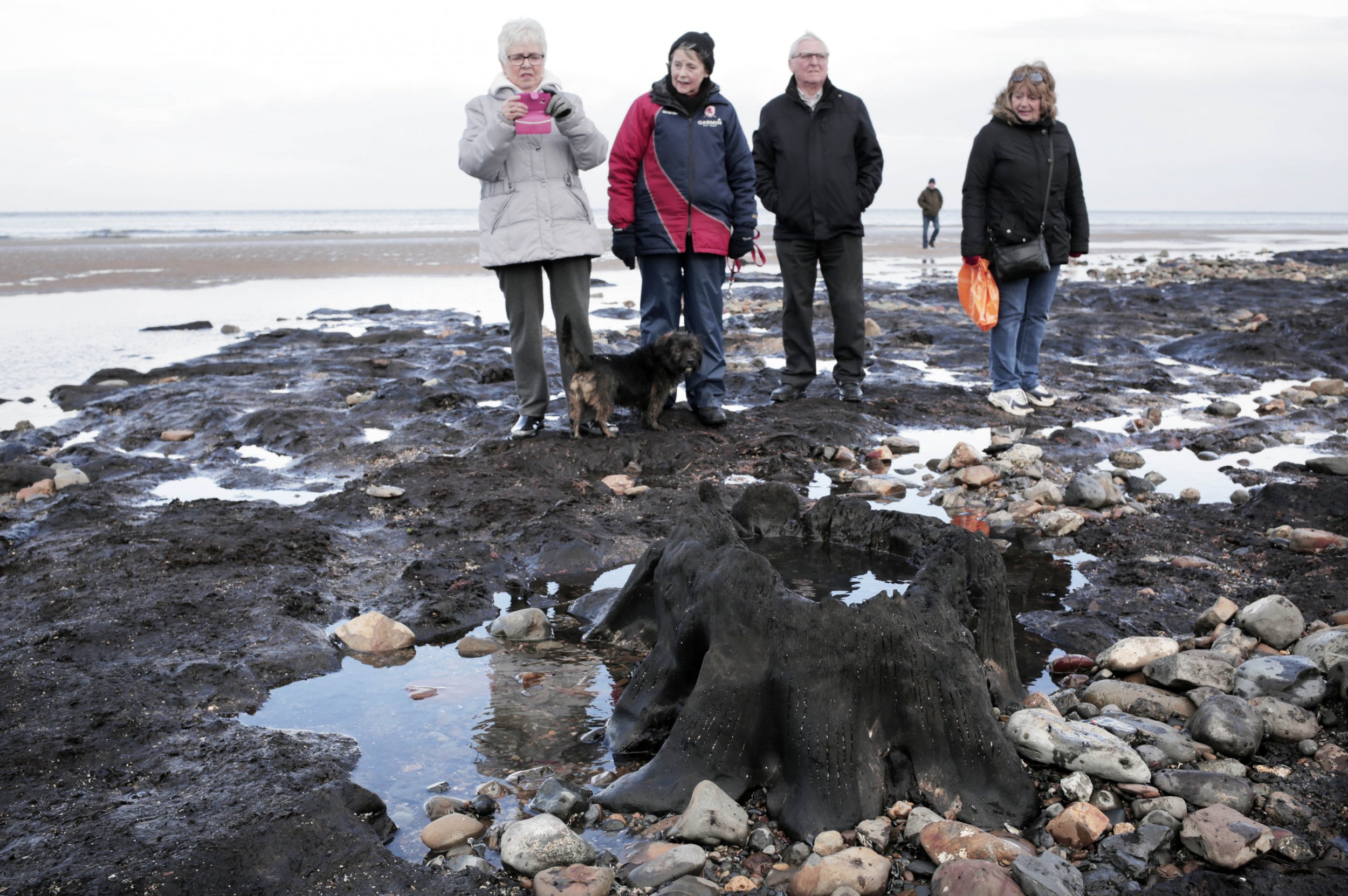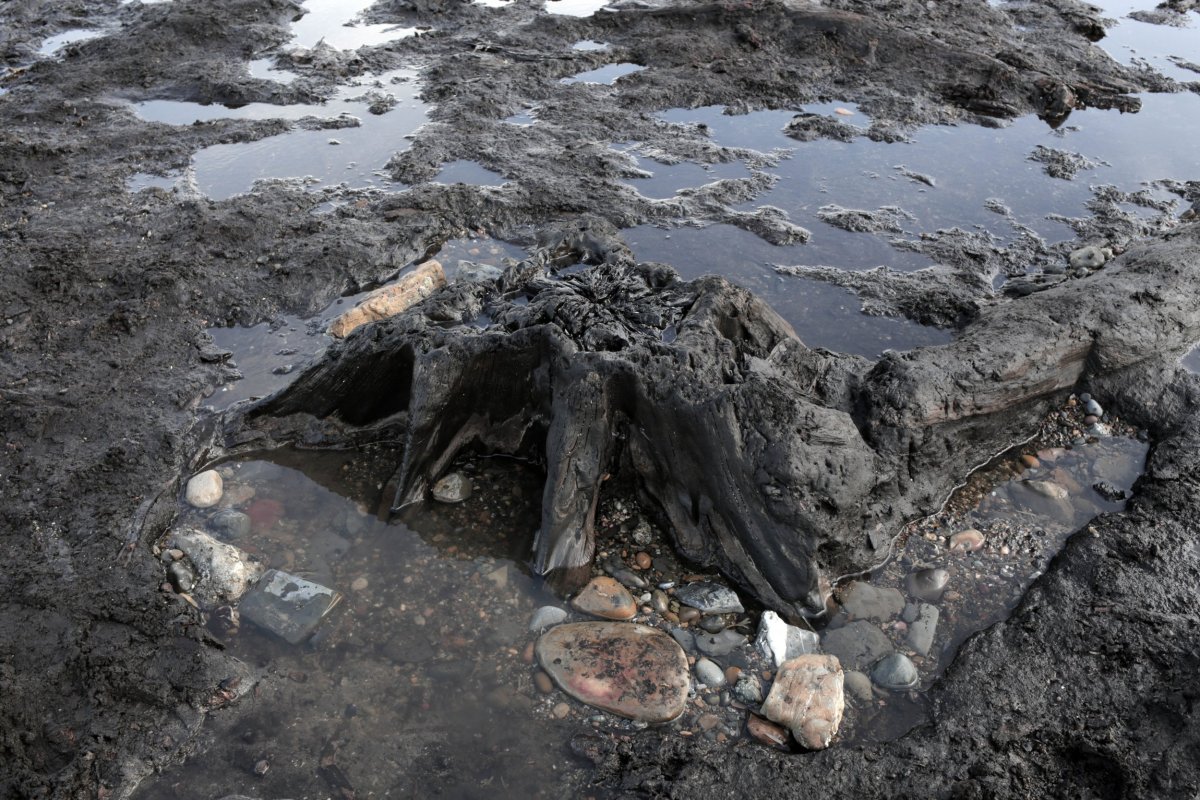
Recent winter storms in the UK have unearthed an ancient forest hidden beneath the English coastline for the past 7,000 years. Dozens of petrified tree stumps are now visible on the shoreline of the English town of Redcar, a reminder of just how drastically the landscape has changed over the course of several thousand years.
The "Beast from the East" storm on February 26, followed by storm Emma on March 2, resulted in massive sand shifting in England. Although previous sand shifts have exposed the forest stumps in the past, residents of the town believe this is the most that the stumps have ever been exposed. The rare and fascinating sight caused tourists from all over to flock to the English seaside town to check out the ancient tree remains. However, according to Mark Malik, Communications Officer for the Redcar and Cleveland Borough Council, there's no saying how long the remarkable stumps will remain visible.
"It is expected they won't be visible for very long as the tides will begin to wash sand back over them," Malik told Newsweek .
Related: Antartica: Can Ancient Flood In Bible's Book Of Genesis Explain Mysterious Fossilized Forest?
The forest dates back to the late Mesolithic period, also known as the Middle Stone Age. This time period is dated from 10,000 BCE to 8,000 BCE. In this time, humans began to enjoy warmer temperatures and the last ice age came to an end. Here, humans used archaic rock tools and continued the cave painting art that had begun in the previous Paleolithic Period.

It was also during this time that humans began to grow crops and domesticate animals.
Related: Antarctica: 260 Million-Year-Old -Forest That Existed Before The Dinosaurs Discovered
The wooden stumps of the ancient forest are petrified, meaning they have turned to stone and are considered a type of fossil. According to How Stuff Works, petrification occurs when groundwater flows through wood and other plants, and replace the original plant parts with different types of minerals. As a result, the wood becomes fossilized and looks nearly identical to the original form.

Uncommon Knowledge
Newsweek is committed to challenging conventional wisdom and finding connections in the search for common ground.
Newsweek is committed to challenging conventional wisdom and finding connections in the search for common ground.
About the writer
To read how Newsweek uses AI as a newsroom tool, Click here.








